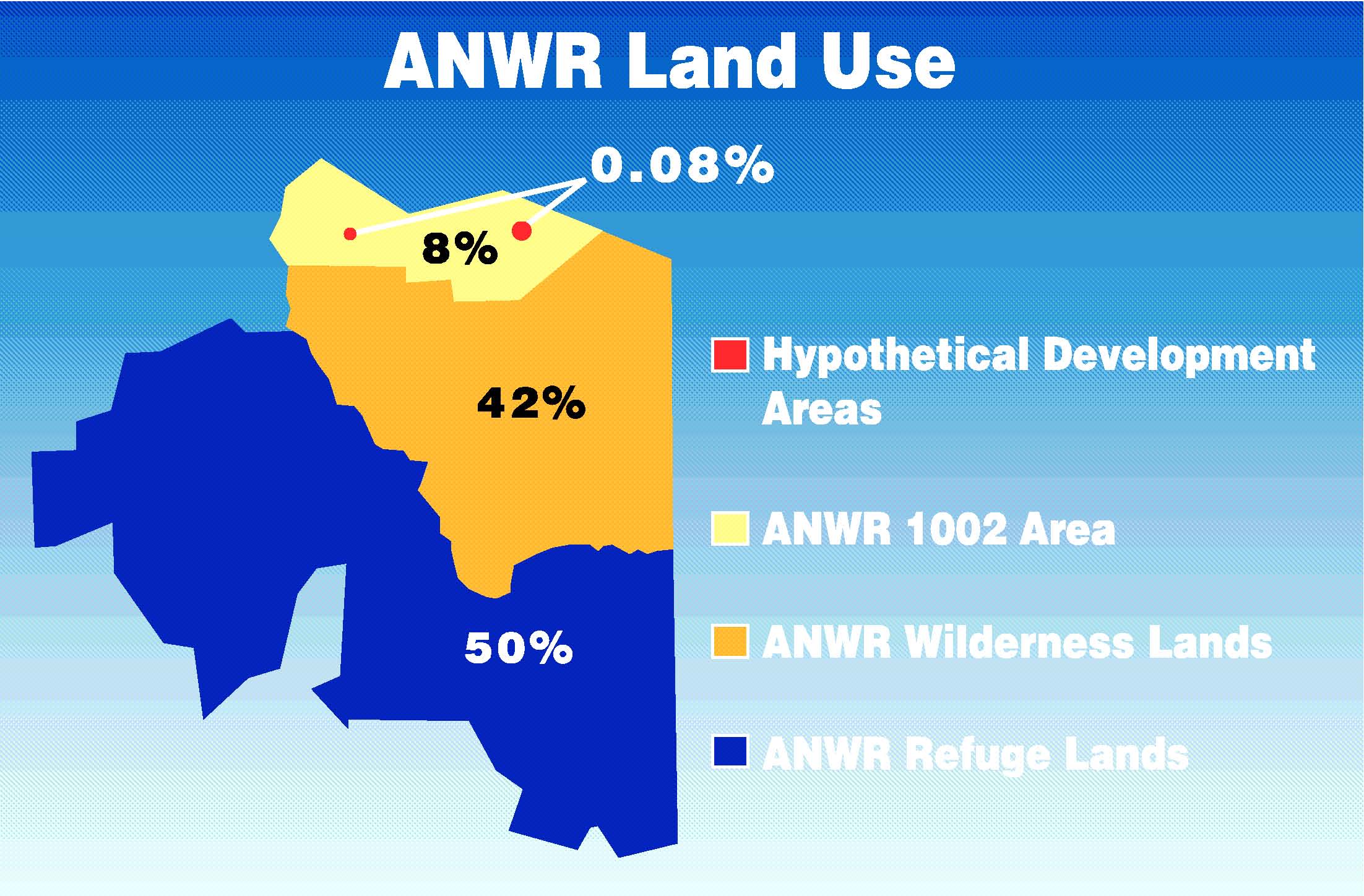Understanding Alaska’s lawsuit over ANWR
By Adrian Herrera
On March 14th Governor Sean Parnell announced that the State of Alaska had filed a lawsuit against the U.S. Department of Interior (DOI) over the state’s request to conduct a three-dimensional (3D) seismic survey of the “1002” Coastal Plain area of Arctic National Wildlife Refuge (ANWR). The state in May and again in August requested to conduct a winter 3D study of the 1002 area from the DOI. These requests were rejected by Interior Secretary Sally Jewell and the U.S. Fish and Wildlife Service (FWS) Regional Director Geoffrey Haskett.
The crux of the lawsuit involves the debate over the existence, or not, of a timeline for study of oil and gas resources in the 1002 area. The state contends the Alaska National Interest Lands Conservation Act (ANILCA), which set up modern ANWR and the decision-making process on management, has no timeline for end of studies, and that any entity should be allowed to apply and be accepted to update seismic data in the region. Any updated data would aid Congress in completing its self imposed mandate to decide for or against oil and gas exploration in the 1002 area.
DOI and FWS maintain ANILCA indeed had a timeline and that expired with the submission of its final Environmental Impact Statement (EIS) report on the 1002 area to Congress in 1987. That report stated roughly that Congress should go ahead with exploration leasing of the 1002 and that environmental impact would be minimal and could be mitigated. That recommendation still stands today.

Both entities acknowledge Congress’ ultimate authority for which the House has voted 12 times to open for leasing and the Senate three times to lease. In 1995, both bodies voted in favor, yet the bill was vetoed by President Bill Clinton. To date the 1002 issue remains the most legislated energy issue in U.S. history, continually generating nearly 20 bills per Congress.
“Why wouldn’t you want to know?”
The state maintains that its actions are based on the requirements in its Constitution and indeed, one can say, in the Congressional demands for statehood; that Alaska use its natural resources to provide for its people. The state maintains this is a legal right and that this right is being potentially violated by the Secretary’s refusal to permit seismic study. A 3D seismic study would merely improve on the 1983-84 2D seismic work conducted for the 1987 ANILCA report, and not violate any laws on impact. The ANILCA EIS indeed is now 27 years old and the data even older, making it difficult for anyone to realistically argue with it in modern times. This, however, is exactly what Congress does every year during 1002 debates.
The state maintains that nowhere in ANILCA is there any written end date for study, and continued updates to data is implied and should be expected. New seismic results could show less or more than the U.S. Geological Survey has gathered out of previous shoots. The detail required of the five years of ANILCA study in the 1980s prove Congress’ desire for the best data possible. As Alaska’s former Department of Natural Resources Commissioner Dan Sullivan put it, “why wouldn’t you want to know?”
DOI, however, thinks otherwise and based its premise on a 2001 opinion by its legal staff, written for then Representative Ed Markey (D–MA). In the opinion, DOI’s legal team agrees that nowhere is it expressly written in ANILCA of an end date, but instead looks to the Senate Energy Committee debate on ANILCA and concludes that debate comments point to a conclusion of study after five years – ending in the 1987 EIS. They argue that nowhere does it say exploration studies could continue beyond the submission of the ’87 EIS.
The CCP
To add to the mix of the lawsuit and discussion of updated studies and jurisdiction, the FWS Comprehensive Conservation Plan (CCP) on ANWR is currently being finalized. The CCP does not hold the force of law, yet will set ANWR management practices and precedent in future development debate.
The last CCP on ANWR in 1988 recommended development of the 1002 area as outlined in the 1987 EIS and said any environmental impact could be mitigated. The current CCP, however, does not even consider oil and gas exploration, but rather only promotes additional Wilderness designations which would prevent any development at all. This is a direct violation of the National Environmental Policy Act (NEPA), which states all land uses must be considered when declaring or studying for declaration of Wilderness. Ironically, the 1002 was defined by Congress as an area set aside specifically for “the study for oil and gas exploration,” a point completely ignored by the CCP.
The Irony and the Agenda
The irony of the entire 3D seismic refusal and CCP study is extreme. With the 3D case, the Secretary is saying Congress does not need updated geologic data, undeniably paramount to any development decision Congress could make. At the same time Secretary Jewell is saying an environmental update that deliberately does not have consideration for development, is important and necessary to decide the fate of the 1002.
When the DOI study benefits Wilderness designation, it is permitted and defended. When a data update benefits a development decision, it is denied. Americans should not be surprised by this double standard as Secretary Jewell boldly stated, “this administration remains opposed to drilling the refuge and I support that position.”
When clear political agenda breaks the law, as it does with both ANILCA and NEPA in these cases, it is time for the state to stand up for its rights.
The case will be held in U.S. District Court in Anchorage.
|
Adrian Herrera is Executive Director of Arctic Power. |
Return to newsletter headlines